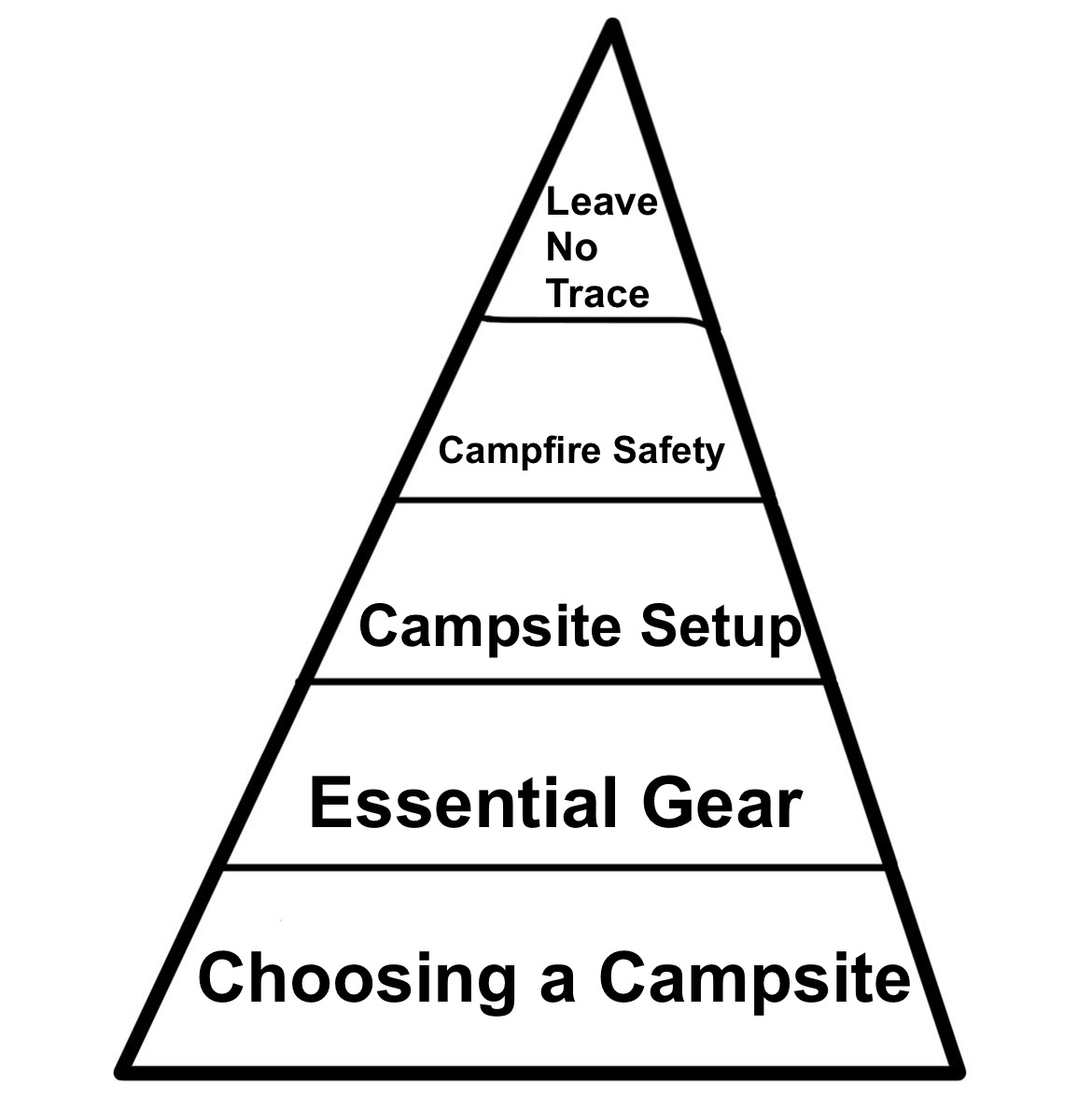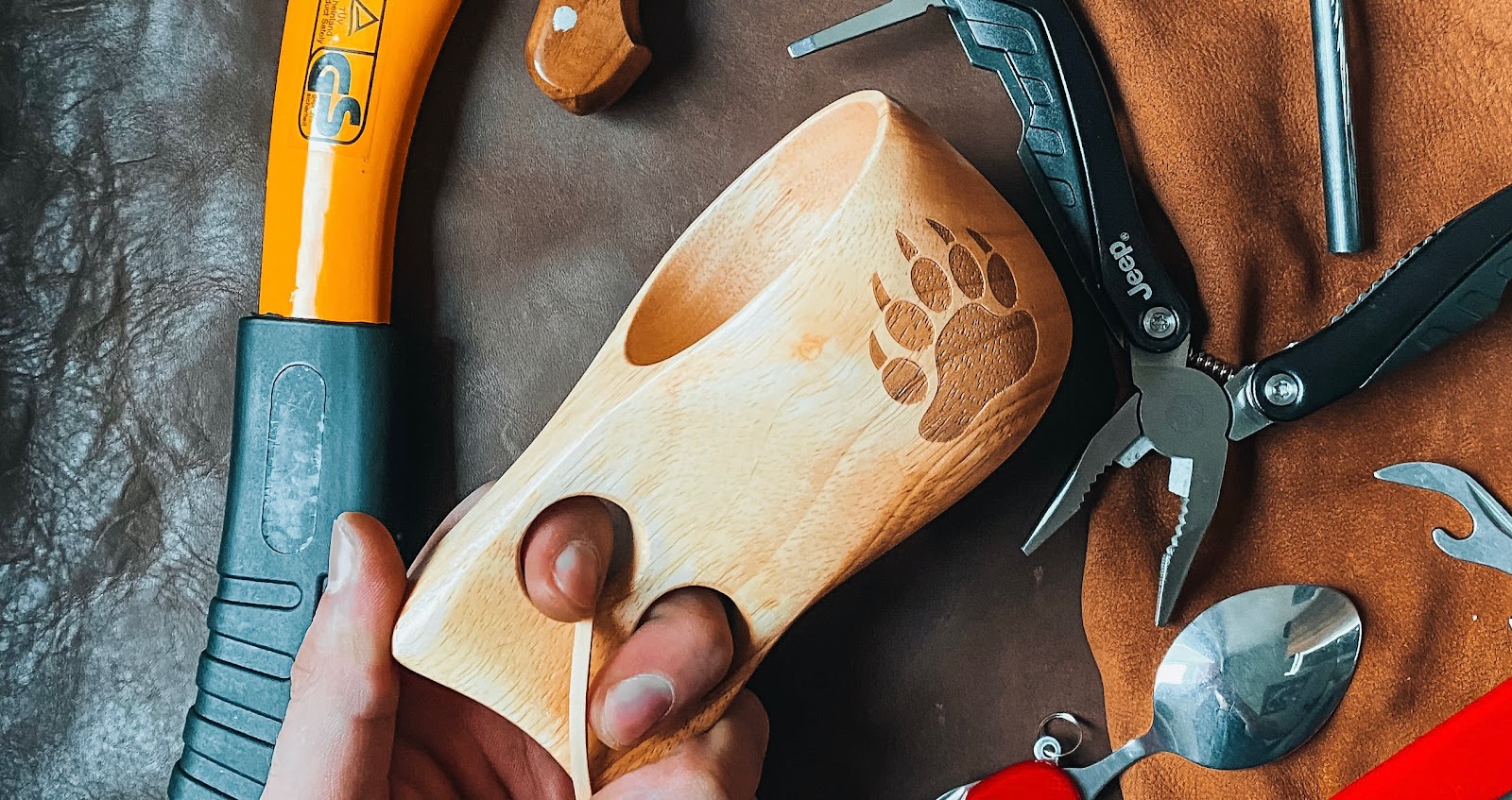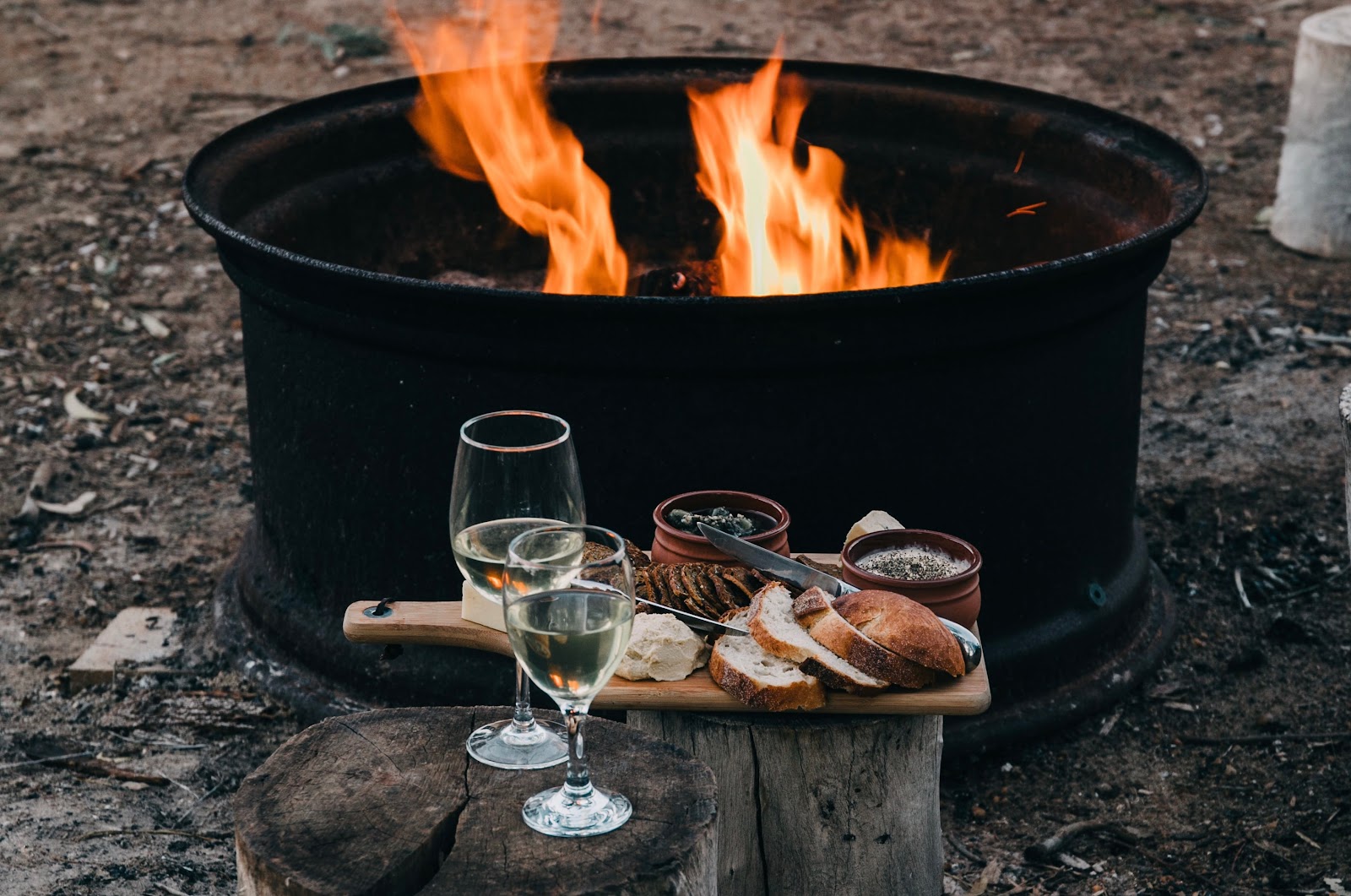Mastering the Great Outdoors: A Comprehensive Guide to Camping Success
Hello BOOKERS, Welcome to LET’S BOOK! I always chose hotels than camping. Even I am camping, I chose the camp area with an organization.
But many Bookers are choosing the camp! And they are happy with it. I tried sometimes a tent with my backpack. The problem with that the camping in the camping area is very far from the city center. (Especially in the United States!) and camping in the city center is not accepted in every city.
Even reading the triangle and applying it. Will teach you. Bookers who is doing camp will accept this: Camping can be learned with more camping without reading anything or even a few equipment! But reading this blog at least once is a must for more comfortable experiences, especially if it is your first camp.
Camping is more than just spending a night under the stars; it's a chance to disconnect from the hustle and bustle of daily life and reconnect with nature. Whether you're a seasoned outdoor enthusiast or a first-time camper, this comprehensive guide will equip you with everything you need to know for a successful camping trip.
Choosing a Campsite
This is the first priority of the triangle. Selecting the perfect campsite sets the foundation for an enjoyable experience. Consider factors such as proximity to water sources, level ground for tent pitching, access to hiking trails, and whether the site allows campfires. National parks, state parks, and designated campgrounds offer a variety of options catering to different preferences. Let’s examine what you should look:
- Location: The first consideration when choosing a campsite is its location. Determine whether you prefer a remote wilderness experience or the convenience of a developed campground. National parks, state parks, and forest service lands offer a range of options, from backcountry sites accessible only by foot to drive-in campsites with amenities such as toilets, picnic tables, and fire rings. Consider factors such as proximity to hiking trails, water sources, and points of interest when selecting your campsite location. Learn more about it, watch LET’S BOOK’s videos about area.
- Accessibility: Accessibility is another important factor to consider when choosing a campsite. If you're traveling with young children, elderly individuals, or individuals with mobility limitations, opt for campsites that are easily accessible by car or short walk from the parking area. On the other hand, if you're seeking solitude and wilderness immersion, consider backcountry campsites that require a hike or paddle to reach. Keep in mind that some campsites may have restrictions on vehicle size, so be sure to check the regulations before embarking on your trip.
- Terrain: Pay attention to the terrain of potential campsites, as it can impact your comfort and safety. Look for level ground that is free of rocks, roots, and other obstacles for pitching your tent and setting up camp. Avoid low-lying areas that may collect water during rainstorms, as well as areas prone to flooding or landslide. If camping in mountainous regions, be aware of the risk of avalanches or falling rocks, and choose a campsite with a clear escape route in case of emergency. Also don’t forget, today’s good campers wasn’t care this details in their first camps, they did later. It is mean do not stress but just know at least for first step.
- Privacy: Privacy is an important consideration for many campers, especially those seeking solitude and tranquility in nature. You know camping kinda going far from the humans, and some you guys would want to privacy. When choosing a campsite, look for sites that offer a degree of seclusion from neighboring campers. Consider factors such as distance between campsites, vegetation, and topography when assessing privacy. Keep in mind that popular campgrounds tend to fill up quickly, so arrive early or reserve a campsite in advance to secure a more secluded spot.
- Amenities: Consider the amenities available at potential campsites when making your decision. Developed campgrounds often offer amenities such as toilets, potable water, picnic tables, and fire rings, making them suitable for novice campers or those seeking a more comfortable experience. However, if you prefer a more primitive camping experience, opt for backcountry campsites that offer fewer amenities but greater solitude and immersion in nature. Be prepared to bring your own water, toilet supplies, and camping stove if camping in remote areas without facilities. Today’s good campers can camp in most mountain without any amenities! But if especially this is your first camp, be aware about it.
- Regulations: Before choosing a campsite, familiarize yourself with any regulations or restrictions that may apply. Many campsites require permits or reservations, especially during peak season, so be sure to plan ahead and secure any necessary permits in advance. Pay attention to rules regarding campfires, wildlife encounters, waste disposal, and other activities to ensure compliance with local regulations and minimize your environmental impact.
Essential Gear
These points must-known! You are going to nature, and be sure you have them! By the way knife is your close friend on the camping! Also it is popular between of good campers, making a wooden mug holder for drink anything. (Like above) Let’s look what you should know about gear:
- Shelter: Invest in a high-quality tent that suits your group size and weather conditions. Ensure it's waterproof and easy to set up. I would recommend a 5 season tent if you are a camping guy.
- Sleeping Gear: Pack a sleeping bag rated for the expected temperature, a sleeping pad for insulation and comfort, and a pillow for a good night's sleep.
- Cooking Equipment: Bring a portable stove or campfire cooking gear, along with pots, pans, utensils, and biodegradable soap for cleaning.
- Food and Water: Plan and pack meals in advance, opting for lightweight, non-perishable items. Carry plenty of water or a water filtration system for safe drinking.
- Clothing: Dress in layers appropriate for the weather, including moisture-wicking base layers, insulating mid-layers, and a waterproof outer shell.
- Lighting: Bring headlamps, flashlights, and lanterns for visibility after dark. Don't forget extra batteries or a solar-powered charger.
- First Aid Kit: Pack essentials like bandages, antiseptic wipes, pain relievers, blister treatment, and any necessary medications.
Campsite Setup
Once you've arrived at your chosen campsite, follow these steps to set up your temporary home:
- Clear the area of debris and rocks to create a flat surface for your tent.
- Pitch your tent, ensuring it's securely anchored with stakes and guy lines.
- Set up your sleeping area with sleeping bags, pads, and pillows.
- Organize your cooking area away from the tent to prevent food odors and wildlife encounters.
- Hang a bear bag or use a bear-proof container to store food and scented items away from your campsite.
Campfire Safety
If campfires are permitted, follow these guidelines to ensure safety:
- Use designated fire rings or build a fire pit away from vegetation and overhanging branches.
- Keep the fire small and manageable, using only dead and downed wood.
- Never leave the fire unattended and always fully extinguish it before leaving or going to sleep.
- Have a bucket of water and a shovel nearby for quick extinguishing.
Leave No Trace
Practice Leave No Trace principles to minimize your environmental impact:
- Pack out all trash, including food scraps, wrappers, and hygiene products.
- Dispose of waste properly in designated receptacles or by carrying it out with you.
- Respect wildlife by observing from a distance and not try feeding them.
- Stay on designated trails to avoid damaging vegetation and wildlife habitats.
As you pack up your gear and bid farewell to the great outdoors, remember: the memories made around the campfire and under the stars will stay with you long after the tents are folded. Until next time, happy trails and may your adventures always lead you back to the beauty of nature.
If you find it useful, please share it!









Comments
Post a Comment